#richard yuricich
Text

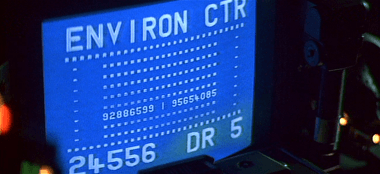


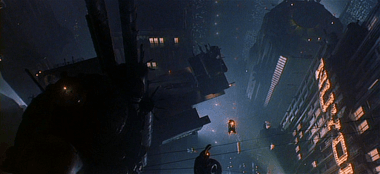


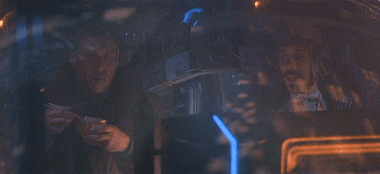





Blade Runner (1982)
#blade runner gif#80s sci-fi movies#harrison ford#ridley scott#rick deckard#edward james olmos#neo noir#special effects#douglas trumbull#richard yuricich#1980s#1982
405 notes
·
View notes
Photo

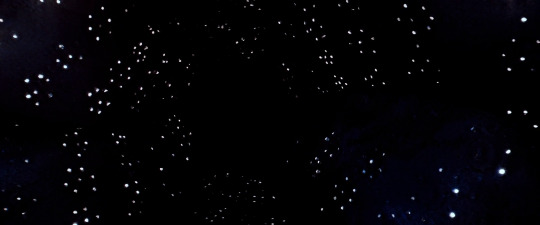

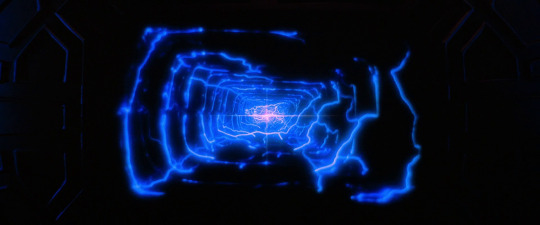






Star Trek: The Motion Picture (Robert Wise, 1979).
#star trek: the motion picture#star trek#robert wise#douglas trumbull#john dykstra#richard yuricich#todd c. ramsay#richard h. kline#harold michelson
44 notes
·
View notes
Text

Christopher Walken in Brainstorm (Douglas Trumbull, 1983)
Cast: Christopher Walken, Natalie Wood, Louise Fletcher, Cliff Robertson, Jordan Christopher, Donald Hotton, Alan Fudge, Joe Dorsey, Bill Morey, Jason Lively, Georgianne Walken. Screenplay: Bruce Joel Rubin, Robert Stitzel, Philip Frank Messina. Cinematography: Richard Yuricich. Production design: John Vallone. Film editing: Freeman A. Davies, Edward Warschilka. Music: James Horner.
Brainstorm is a sci-tech thriller based on a premise familiar to the genre: Brilliant scientists come up with a breakthrough and face the threat that it will be misused by nefarious forces. In older films, the nefarious forces tended to be foreign ones, Nazis or Commies. Today, however, they usually come from our own corporate-military-industrial complex. Working together, Dr. Michael Brace (Christopher Walken) and Dr. Lillian Reynolds (Louise Fletcher) have created a way to transmit the brainwaves of one person to another, stimulating not only the visual and audible sensations but also the bodily ones -- respiratory, muscular, etc. The transmissions can also be recorded and stored. It's virtual reality gone whole hog, especially after Brace's wife, Karen (Natalie Wood), an industrial designer, comes up with a snazzy little headset. Brace and Reynolds are hopeful for all sorts of peaceful uses of the technology, but to get funding for it, they have to agree with the head of the corporation for which they work, Alex Terson (Cliff Robertson), that it can be shown to investors. And you know who has the money to fund such a project. The inventors are dismayed at the prospect of misuse, but they put up with it until the real dangers of the invention show up. A researcher records himself having an orgasm and gives it to another man who plays it on a loop, sending himself into a coma from the experience. And then Reynolds herself, a chain smoker, has a heart attack and dies, but not before hauling herself to the device and recording the experience. Brace discovers the tape and almost dies playing it before he's able to disconnect. Finding that the company has kept the tape and has actually killed someone with it and is experimenting with other malign uses for the technology, Brace and Karen team up to find ways to stop it. It's a worthy premise, but Trumbull, a noted special effects director making his first (and only) feature in the director's chair, encountered a perfect storm of difficulties, the chief of which was Natalie Wood's death in 1981. Wood's major scenes in Brainstorm had already been filmed, but MGM, which was in financial difficulties, pulled the plug on the project. Fortunately, the production was insured by Lloyd's of London, which stepped in and allowed Trumbull to complete the movie. Wood's sister, Lana, doubled for her in the remaining scenes. Still, Brainstorm was not a critical or commercial success. There's a funny sequence in which Brace causes the robots on the assembly line to go haywire, and Fletcher's performance is great. Wood is fine, but Walken, a specialist in offbeat characters, seems miscast. The subplot, which involves the Braces using the technology to communicate their feelings to each other and repair their fraying marriage, is tedious and sentimental. And the concluding sequence, in which we find out what Reynolds saw when she was dying, is almost inevitably a letdown.
2 notes
·
View notes
Photo









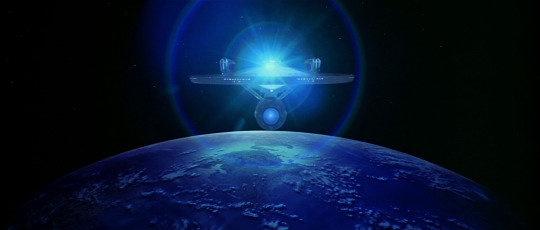
"Star Trek: The Motion Picture" (1979) - Inner Workings / V'Ger Speaks / The Meld
#star trek#the motion picture#robert wise#john dykstra#douglas trumbull#richard yuricich#william shatner#leonard nimoy#persis khambatta#stephen collins#v'ger#10 frames#movies#op
204 notes
·
View notes
Text
Blade Runner:Special Photographic Effects

‘‘The special photographic effects for Blade Runner were executed by Entertainment Effects Group (EEG), which is a partnership between Douglas Trumbull and Richard Yuricich. We had a crew of over 50 people involved in miniature work, matte painting, optical compositing and some front projection. The miniature photography extended over a period of about 10 months, starting more or less concurrently with the live action photography. There were over 90 special effects shots made for Blade Runner. Not all of them ended up in the picture, but most of them were quite successful. They varied from simple scenes composited from perhaps three elements to complex shots involving 35 or 40 elements, not counting the positive and negative mattes for each element...’‘
https://ascmag.com/articles/blade-runner-photographic-effects
11 notes
·
View notes
Text
Remembering Douglas Trumbull (1942 - 2022)
Douglas Trumbull has passed away at the age of 79, after a major two-year battle with cancer, a brain tumor and a stroke.
Trumbull’s name should be familiar to film and visual effects fans. Ghostbusters fans may not know his contribution to the film franchise that they’ve come to love. In fact, it’s quite possible that without Douglas Trumbull’s involvement in the founding of EEG and Boss FIlms, many of the iconic elements of the original Ghostbusters we can close our eyes and picture could have been radically different.
In a wonderful article from American Cinematographer, Trumbull’s involvement from the ground floor was perfectly described:
While Richard Edlund, ASC was still working on Return of the Jedi, he participated in a special effects seminar sponsored by Women In Film in Los Angeles. On the panel with him was Douglas Trumbull, and in the course of their conversation, Trumbull asked Edlund if he would be interested in joining Richard Yuricich, ASC and himself as a partner in their company Entertainment Effects Group (EEG). Trumbull was interested in getting out of effects work to concentrate on directing and developing his Showscan process. Yuricich likewise wanted to be freer to work as a director of photography.
Edlund had known Trumbull for many years, and they had talked before about working together, but the occasion had not arisen. Edlund was one of the first people involved in the special effects work on Star Wars and the development of the Industrial Light and Magic effects facility. He had, as he puts it, “been on a roll” for several years, garnering a handful of Oscars, nominations, and Scientific and Technical awards for his work on Star Wars, The Empire Strikes Back, Raiders of the Lost Ark and Poltergeist. He felt very lucky and was glad to be able to see the Star Wars trilogy through to its culmination in Return of the Jedi, but he was anxious to return to Los Angeles after living and working for so many years in Marin County. “I’m an Angeleno,” he comments. “By the time I started working on Jedi, I had spent a great deal of time under the Lucasfilm umbrella, and I wanted to go out and get wet myself. I felt that once I had finished Jedi, my job was essentially done.”
Edlund made a deal with Trumbull and Yuricich whereby he became a partner in EEG and the exclusive visual effects director for the company. Another instrument, Boss Film Corporation (BFC), was formed to facilitate working relationships with studios, and almost immediately two major projects surfaced within a week of each other. They were 2010 (the sequel to 2001: A Space Odyssey) and Ghostbusters, and it wasn’t long before there were as many as 163 people working at EEG/BFC on both these pictures. Many of the people came down from ILM to join Edlund in the new company and many of the others were people who had worked with EEG before. “It is,” he says, “an incredible talent pool, led by a group of 20 or so who function as a hunting band, a tight-knit group who are all going after the same goal and who constantly support each other.”
Trumbull was the son of Hollywood royalty, directed the films Silent Running and Brainstorm, and left his stamp on incredible visuals in 2001: A Space Odyssey, Star Trek: The Motion Picture, Blade Runner, and Close Encounters of the Third Kind. His work with miniatures, trick photography, compositing and optical printing, and filming cloud tanks became replicated and mimicked by films for decades. If you enjoyed Back to the Future: The Ride at Universal Studios, Trumbull was instrumental in developing the technology and the technique utilized for the ride film.
Trumbull left Hollywood behind to continue his research and development work on emerging technologies, particularly in 3D and high-framerate projection. I actually had the unique opportunity to meet and talk with Trumbull back in 2015 that you can read more about here if you’re interested. In truth, it’s been difficult to even sit and complete this write-up for just how saddened I am by his passing. He was a visionary who loved film and the craft of creating it.
I’d highly encourage everyone to read the amazing obituary written by the Visual Effects Society, then spend some time watching through Trumbull’s amazing filmography in remembrance.
0 notes
Photo
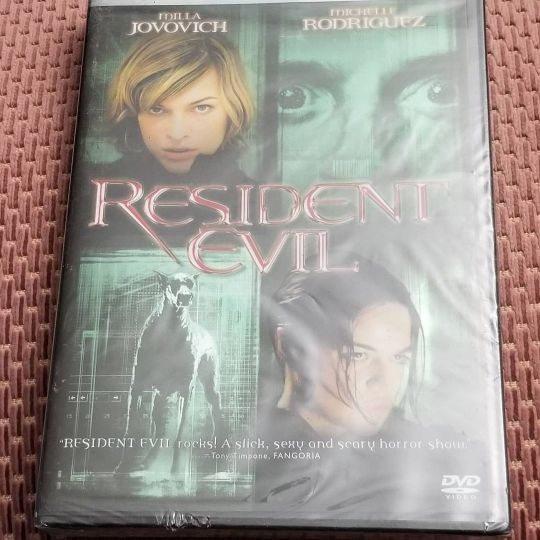
The Deluxe Edition of Resident Evil retains the major features from the original DVD and adds some new ones. Of primary interest is the alternate ending, which has action and style (and was never finished), but far less emotional punch than the one that was used in the film. There's a new commentary track by writer-director Paul W.S. Anderson and visual effects supervisor Richard Yuricich (which lags a bit when there are no on-screen effects to discuss); new featurettes on storyboarding and the film's videogame roots; and six visual-effects featurettes that focus on such elements as the laser and the zombie dogs. Retained from the original DVD are three featurettes and the raucous commentary track by Anderson, producer Jeremy Bolt, and actors Milla Jovovich and Michelle Rodriguez. Dropped are the making-of featurette, the zombie makeup test, and the Train music video. The Dolby 5.1 sound remains exciting and immersive, but DTS devotees will have to stick with the Superbit edition. https://item.mercari.com/gl/m15676357856/ #wellnessjames #Entrepreneurs #Jamesthehealthycoffeeguy my Passions CBDa from CTFO wellnessjames.myctfo.com & Ganoderma Enriched Coffee from Gano Excel us.ganoexcel.com/lockettshp http://jameslockettrepairs.blogspot.com (at Mesa, Arizona) https://www.instagram.com/p/CNQKUEUjKOe/?igshid=164bsa7qi62lc
0 notes
Photo

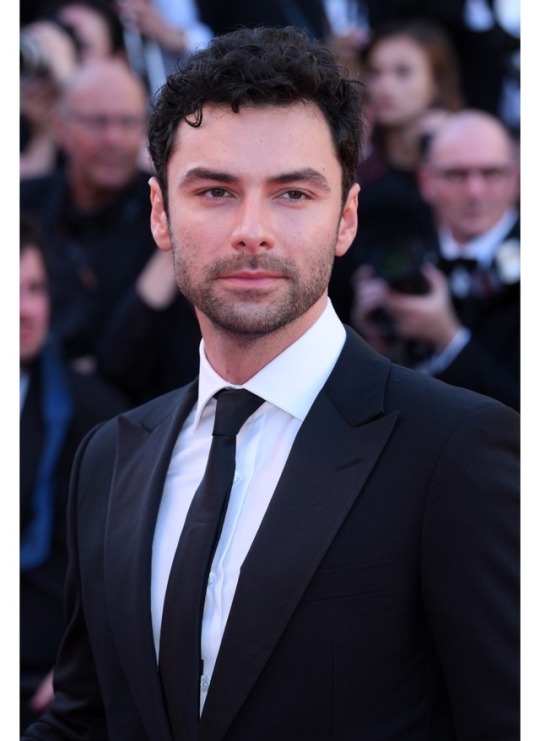
EXCLUSIVE: Poldark star Aidan Turner has been set to co-star in The Man Who Killed Hitler And Then The Bigfoot, the film already toplined by Sam Elliott from writer-director Robert D. Krzykowski and executive producer John Sayles. Shooting is now set to begin August 1 on the East Coast. The film tells the story of American soldier Calvin Barr (Turner), who leaves his true love behind to infiltrate enemy lines and kill Adolph Hitler in the heart of World War II. Decades later, Barr (now Elliott) is needed again, this time to hunt the legendary Bigfoot — carrier of a deadly plague hidden deep in the Canadian wilderness. Krzykowski is producing with Lucky McKee, Patrick Ewald and Shaked Berenson; Ewald and Berenson’s Epic Pictures is financing and handling worldwide sales. The film features a loaded VFX team including Blade Runner’s Douglas Trumbull, Richard Yuricich and Rocco Gioffre and Spectral Motion effects house which was behind Hellboy and Stranger Things among others. Turner played Kili in Peter Jackson’s Hobbit movies and currently stars on BBC’s Poldark which is airing Season 3 in the UK and airs on PBS’ Masterpiece on October 1. His film credits include Jim Sheridan’s The Secret Scripture and the upcoming Loving Vincent with Saoirse Ronan and Chris O’Dowd. He’s repped by the Lisa Richards Agency and Principal Entertainment LA. To read more about the film: http://deadline.com/2017/04/john-sayles-sam-elliott-the-man-who-killed-hitler-and-then-the-bigfoot-1202068721/ Hitler, Bigfoot and Plague, should be interesting.
31 notes
·
View notes
Photo
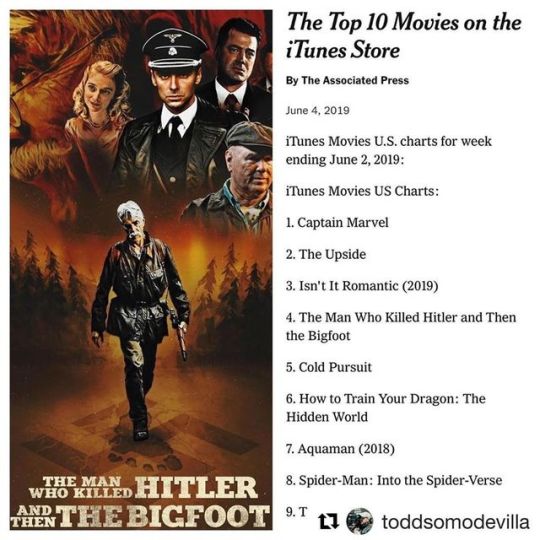
Huge congrats to my brother @toddsomodevilla on being part of the awesome movie! Top Ten Movies on iTunes! “The Man Who Killed Hitler and Then The Bigfoot” is on the #iTunes TOP TEN MOVIES. Congrats to Robert Krzyzkowski, brilliant #director & #writer • And congrats to an amazing #crew ! It was such a pleasure to collaborate with Robert and Sam Elliott while shooting 2nd Unit and VFX on this incredible film. I was lucky enough to work with 3 of my film heroes - Douglass Trumbull, Richard Yuricich & @rocco_gioffre • I learned so much from them! #themanwhokilledhitlerandthenthebigfoot #directorofphotography #cinematographer #cinematography #panavision #panavisionnyc #primos #primoprimes #arri #alexa #arrimini #arrialexa #arriamira #amira #mini #arriflex #cameraporn #cameras #film #feature #featurefilm #massachusetts #samelliott #bigfoot http://bit.ly/2IxS3yb
0 notes
Photo

BRAINSTORM (1983) Director of Photography: Richard Yuricich | Director: Douglas Trumbull
0 notes
Photo










Star Trek: The Motion Picture (Robert Wise, 1979).
#star trek: the motion picture#star trek#robert wise#richard h. kline#todd c. ramsay#harold michelson#douglas trumbull#john dykstra#richard yuricich#robert swarthe#david k. stewart#grant mccune
26 notes
·
View notes
Photo


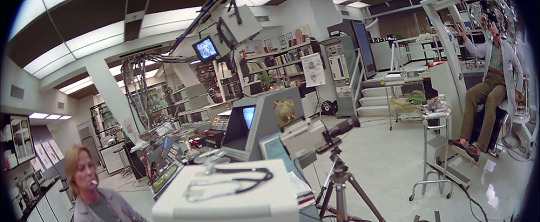
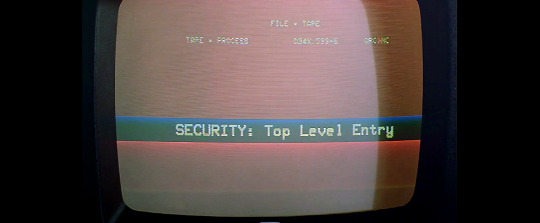



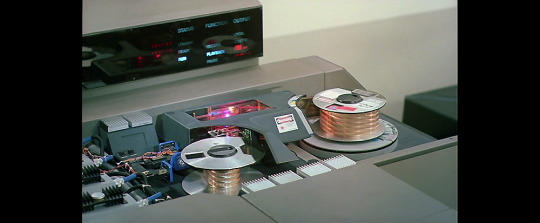


Brainstorm (Douglas Trumbull, 1983).
#brainstorm#douglas trumbull#bruce joel rubin#richard yuricich#freeman a. davies#edward warschilka#movie stills#movie frames#sesión de madrugada#sesiondemadrugada#diego salgado
79 notes
·
View notes
Photo

10 notes
·
View notes